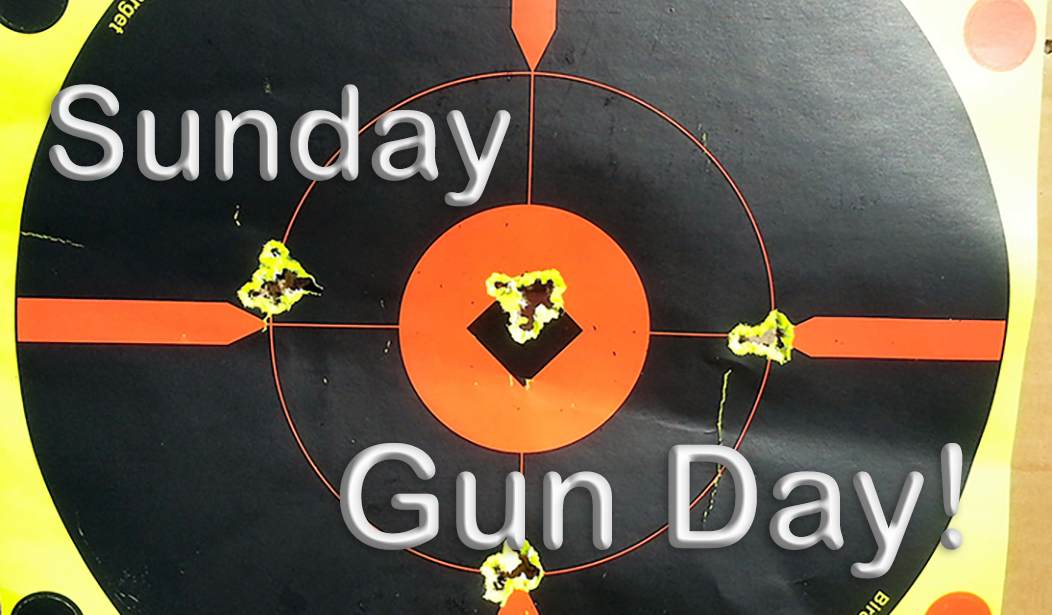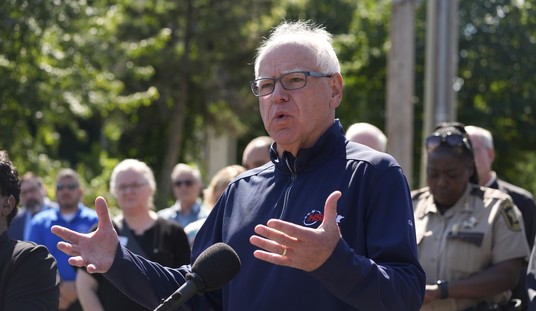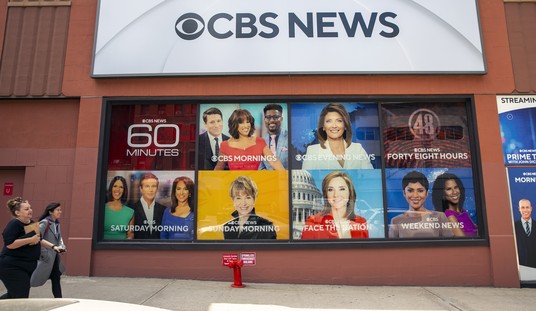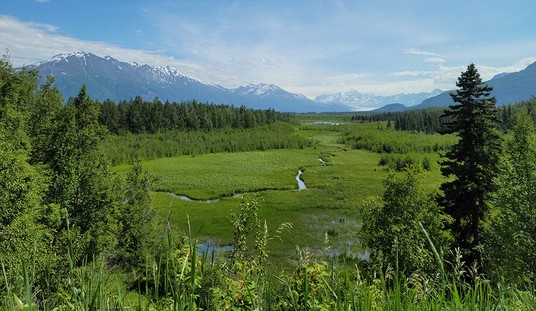Cutlery
We’ve done a fair bit of talking about guns in these Sunday sessions. While we all love fine guns (well, most of us do) and the activities in which fine guns are used, there is always a need for fine cutlery as well. If you hunt, then knives are important for a variety of things, especially after you’ve fired the final shot; that’s when the fun ends and the work begins, and a good knife with a sharp edge will make that work go a lot more smoothly.
But there are many more uses for a good knife, whether your outdoor activities include hunting, fishing, camping, hiking, or just lounging around in the outdoors. So, let’s talk about a variety of cutlery for a variety of purposes. Qualifier: This is about knives for hunting, fishing, camping, and general outdoor choring; I won’t discuss fighting knives, throwing knives, things like the famous Kukri knives that the Gurkhas use to unzip bad guys, or any other such special-use stuff. At least not in this article. So, without further ado:
Sheathe Knives
Two words: Full tang.
My Grandpa had a great example of a handmade knife some years back. A local guy whom Grandpa had done some carpentry work for during the Depression had no cash but was handy with steel. He had a bar of razor steel and offered to make Grandpa a knife out of that. Grandpa agreed, and the result was a wonder, a full tang (meaning the steel of the blade extends fully into the full profile of the handle, with grip panels on either side) knife with walnut grips. That knife would take an edge like… well, a razor, and would hold it. I remember watching Grandpa hone it, wipe it on his old razor strop, then proceed to slice paper by dropping it on the blade. Sadly, when Grandpa died, that knife disappeared along with all his fishing gear and his old Fox double.
About the time Grandpa left us, my folks gave me a Western sheath knife, the old W36 Bowie-type blade. That knife not only takes a good edge but (as I know from experience) will hold it through two deer or a cow elk, including not only field-dressing but skinning and quartering. A good solid full tang sheathe knife like that will do you through almost any outdoor choring you’re liable to run across.
See Related: American Woman: In Defense of Hannah Barron and the Tomboy
Have You Herd? Montana Man Pleads Guilty to Breeding Giant Sheep
If you’re dealing with either small game or fish, there’s one sheath knife that stands out; it’s flexible, holds an edge well, it’s lightweight, and it’s not even very expensive; that would be the fine old Rapala fillet knife. Its fine, tapered blade is delicate enough to take thin fillets off small fish and to deal handily with rabbits, squirrels, and birds. With the 6” version, you can easily field-dress a deer, so long as you have a hatchet or saw to cut the sternum and pelvis. But the Rapala isn’t a big game knife; it’s with small game and fish that the Rapala shines. And it’s my only exception to the “full tang” rule, as it’s not meant for heavy-duty work.
Some things to look for in a fixed-blade sheath knife: A full tang, a stout blade (it shouldn’t be thin or whippy unless it’s a fillet knife when a thin blade is needed), and a good hilt to keep your hand from sliding up onto the edge.
Folding Knives
Two words: Buck 110.
There are many folding hunters by many manufacturers (Schrade in particular makes a very good one that is a doppelganger of the Buck 110), but the Buck 110 Folding Hunter is the gold standard by which all such folding hunting knives are measured. It has a fine stainless blade that will take and hold a good edge while literally (as Buck commercials used to show) being tough enough to survive being hammered through a nail. I have one that I have carried since I was about sixteen; I’ve dressed deer, elk, antelope, and javelina with it, along with all manner of smaller critters. It rode my belt through my Army service and saw duty there for everything from opening MRE packs to (closed) rapping on the crew doors of armored vehicles to get someone’s attention.
Buck, Schrade, Case, and several other manufacturers make good solid folding hunters. I suppose there may be some off-brand blades that are of acceptable quality, but I have yet to see one. I have a small 3” folding knife that carries the Winchester name, and, according to the blade, it was made in China (what the hell isn’t it?), and is of pretty good quality. I was given that knife as a gift back when Winchester was still Winchester; I can’t speak for the quality of any such knives now, if indeed such a thing is still available.
Some things to look for in a folding knife: A solid riveted hinge, a secure lock, and good brass or steel on each end of the knife. A quick-opening feature can be handy but isn’t essential, but a good lock is – you don’t want the knife folding up on you when you’re elbow-deep in elk guts.
Pocketknives
Two words: Swiss Army.
Sometimes I think there are many variations on the Victorinox Swiss Army Knife as there are stars in the sky. You can get a cheap little inch-and-a-half version with a tiny blade, a file, and a toothpick, you can get a massive version with screwdrivers, a corkscrew, a magnifying glass, and everything in between. One thing you can count on: if it says Victorinox on the knife, it will be a good buy.
When I was a kid, the Barlow was something of a standard among the farm kids, hicks, rednecks, and roustabouts I grew up with. They were good for whittling, cleaning fish and small game, or any of the other thousand-and-one tasks for which we needed a cutting instrument. Those knives are now made by Schrade and are still a good handy pocket knife.
Some things to look for in a pocket knife: Light weight, portability, a good stainless blade (440 is the best), and a handle big enough to make for a good safe grip. Multiple blades are handy but not essential.
Oddballs and misfits
I can’t summarize this in two words.
Those of us old enough to remember the old Herter’s catalog (the real Herter’s, not the purveyors of junk that have somehow acquired the name now) will remember that old George Leonard Herter had some very distinct ideas about outdoor equipment, and knives were no exception. I have one of what old George called the Herter’s Bowie knife, which isn’t at all like Jim Bowie’s classic design but instead looks more like a steak knife. But looks aside, the old Herter’s sheath knife has a stout, thick stainless-steel blade of good quality steel that holds an edge well; its lack of a guard makes some caution in handling necessary, but it’s a good solid outdoor knife. Mine has been used to dress out a few eastern whitetails back when I lived in Iowa, and it always performed well.
 The Wyoming Knife is another oddball, this one a specialty device meant for one purpose: Field-dressing and caping big game animals. It’s a funny-looking thing. While I’ve never used one, I have used knives with a back hook meant for field dressing, and it’s handy to be able to unzip a deer, elk, or antelope quickly and smoothly. It makes for a nice, clean process, or at least as clean as field dressing can be.
The Wyoming Knife is another oddball, this one a specialty device meant for one purpose: Field-dressing and caping big game animals. It’s a funny-looking thing. While I’ve never used one, I have used knives with a back hook meant for field dressing, and it’s handy to be able to unzip a deer, elk, or antelope quickly and smoothly. It makes for a nice, clean process, or at least as clean as field dressing can be.
And don’t overlook such multifunction tools as the famous Leatherman. Plenty of military folks carried one when I was in the Cold War Army, my wife among them. While it’s not really a “knife,” they do have knife blades along with all the other various tools found in the device. It’s a handy thing to have around, and while I don’t carry one on my person as a rule, one does live in the toolbox in my truck.
And so…
And, finally, some unsolicited advice. For those who frequent gun shows or any other kind of outdoor trade venue, or even if you look in the glass cases in many gas stations and truck stops, you’ll see a wide variety of knives for sale at incredibly low prices. Believe me when I tell you, they aren’t worth even the few dollars they charge for them. They might make decent paperweights, but as practical cutting instruments, they aren’t very good.
Most of them are made from Chinese, Pakistani, or Indian steel that is unevenly tempered and full of cinders. If you can manage to get one to take an edge, it won’t hold. Don’t bother. Pay some more, get a good quality knife from a reputable maker, and you’ll never regret it.
There’s an exception: If you know a knife is going to be abused, don’t spend a lot of money. My Dad kept several cheap pocketknives in a drawer, rarely having paid more than a couple of bucks for them. He used them for scraping paint, for prying, for digging, whatever his choring around the place required, and when one broke – they inevitably did – he would toss it in the creek, go in the house, and grab another. While there’s an exception for every rule, that’s the only one I can think of in this case.
A knife is (or should be) a serious tool for serious business. You don’t have to go broke buying one, but neither should you cut corners. Pick carefully and you’ll have a good, solid piece of cutlery that should last a lifetime.















